I recently shot for a new book called Big Data, which gets a handle on heavy seas of ones and zeroes we navigate everyday of our modern lives. The book pops from the ever prescient noodle of author/photog/entrepreuner Rick Smolan, who long ago helped forge what was for a period of time, an almost yearly photographic gathering of the tribes called the “Day in the Life” book projects. Beginning with Australia, the projects reeled off an impressive number of countries, all willing, apparently, to host 100 of the world’s top photogs for the photo equivalent of a quickie. (My thought, at least occasionally, was something on the order of, “Haven’t these poor people suffered enough?”)
One day–24 hours–shoot like mad (or not) and let the chips fall where they may. Given the visual talent assembled, and the generally sincere welcome offered by the host country, and the often breathless, breakneck pace of the shooting of the day, a nice looking book inevitably surfaced from a sea of spent Kodachrome. The editing process that ultimately winnowed down the many thousands of images shot on these days might have reminded some of the story of the optimistic toddler, seen digging excitedly in a sandbox full of horseshit. When asked the reason for his enthusiasm relative to his seriously unattractive endeavor, his response was exclamatory. “With all the horseshit in this sandbox, there’s bound to be a pony in here somewhere!” Same with the book. Somewhere, in a tractor trailer filled with yellow boxes, there lay the core of a very nice book. The editors, bless them, had to go find it.
Big Data is different, of course. Those Day in the Life books happened at a time when Kodak bestrode the world of photography, a mighty colossus, quite evidently unaware of its impending doom. It was the largesse of Kodak and Ray DeMoulin, the VP with a love of photography and access to cash, that fueled the efforts that assembled 100 photogs and probably an equivalent number of support personnel in far flung places. You need deep pocketed sponsors indeed to fly, house, and feed a gaggle of photojournalists, let alone produce the logistics needed for them to shoot. Big Data, of course shot digitally, is sort of a cousin of those original efforts. Back then, the point was some nice looking pictures. In this book, the idea, the theme, is paramount. Hence the pictures are more assignment driven, and there is more explanatory text, all combined to explain the way big, crunching machines chew through our lives, for better or for worse. It was not uncommon, at Day in the Life projects, given the headstrong participants, most of whom had long established histories of authority issues, to completely eschew the given assignment and just go find something to shoot. (“Well, I called the number on my assignment sheet, and nobody answered so I just went street shooting for the day.”) Okay!
Not an option for Big Data. You got an assignment and did it. Mine was to come up with something that indicated the potential and promise of yet to really be invented set of glasses, that, coupled with microprocessors and embedded cameras, turn incoming visual stimuli essentially into binary code, which the brain can recognize. This code, transmuted into electrical signals, can then be converted by the brain into imagery. Roughly speaking, this device holds huge promise for the visually impaired, as well others with a whole array of afflictions. It is the brain child of the utterly brilliant Sheila Nirenberg and her team at Weill Cornell Medical College.
My particular visual impairment for this job, if you will, was that the glasses didn’t exist, and whatever effect they cause happens, invisibly, in the interior of the brain. I had to come up with something that indicated the potential of this invention with, well, nothing came to mind at first. Also, the budget on this shoot was extremely tight. Instead of a full blown studio, we rented a room in Manhattan for $20 an hour. It was about 12×20, had blank, yellowing, pockmarked walls, a couple of electrical outlets, and a few semi-broken chairs. And a freight elevator that was basically a hamster cage on a pulley. After several trips up from the street with the gear, I sat on one of the chairs, and pondering an empty, battered wall. I recall thinking, you know, “What to do?” I believe the thought, “It’s come to this,” also ran through my mind.
Here’s where you need a good picture editor, and certainly one of the attractions of this project was to work once again with Mark Rykoff, lately of Time magazine, and one of more visually astute people in the business. We had many ramblings together in Moscow when he was the magazine’s picture chief there. Once again, in a far more mundane setting, we rambled and ruminated on this job. What could work?
We had two things. Scans of a baby’s face showing the pixelated blur of a resulting from a visual impairment, and the potential improvement in the image of the baby’s face when viewed with the rough prototype of the glasses. These two images I projected onto the wall behind, side by side. With a third rented projector, we took an image of binary code, and had designs of splashing that onto the shaved noggin of our easygoing model. For the glasses, it was the ever cool Drew Gurian to the rescue. He had a pair of wraparounds we cadged, and fitted to the subject. After that, it was question of balancing the speed lights with the flow of light from these various projectors, none of which were really white balanced to match each other, understandably.
I used three speed lights, max. Sometimes two, and occasionally just one. Two were fitted with small Lastolite speed light boxes for backlights to clip off the model’s temples, when called for. The other generally was fitted with a Flashpoint snoot, fixed up with a grid to tighten the light spill. That stuff, along with a bunch of gaffer tape, were the light shapers. All values were calculated on manual. What I did basically was use the frontal projector most of the time as my main light, and then highlight dark areas of his cranium with one, two or three flashes. It was hunt and peck all day long. Most things did not work. A few did. On a job like this, after a while, dreams of great art go out the window, and you just grind away, trying to succeed on some publishable level.
The bottom line was 1/15th at ISO 320, f16, AWB on a D4 camera. Bounced between the 70-200 and the 24-70. The real bitch of the job was getting the two projectors to line up on the back wall in somewhat equal fashion. It was, in short, total seat of the pants, hope for the best kind of shoot. It made the book. Sigh…..
Making the book was always the aim of the assembled Day in the Life photogs. Sometimes you had a good day, and sometimes, your 24 hours of effort was for naught. I always did reasonably well in terms of publication, though I recall cringing in the aftermath at some of the stuff I produced. How could I be responsible for that many bad photos in one 24 hour period? Holy shit.
From Day in the Life of America, a training session in the North Dakota missile silos.
From Day in the Life of Italy, more parmesan than I’d ever seen.
From Day in the Life of Ireland, sleepy schoolkids.
From Day in the Life of the US Military, life aboard a boomer.
From Day in the Life of Hollywood, Don Johnson golfed on his desk on the studio lot.
From Day in the Life of Baseball, a picture made away from the diamond became the back cover.
From America 24/7, a picture in high place.
From Passage to Vietnam, a musical lesson.
From Day in the Life of Thailand, a woman spins silk.
I’ve always been thankful for those projects of days gone by. It was truly audacious, really, to attempt a book in a day. But, by and large, they succeeded in their mission, which was to create a quick snap, a hasty visual mosaic of a people and a place. They were social events as much as they were photographic, and you got to grab beers with people you respected and knew, but never actually saw. Plus, as an added bonus, you got to room with a famous photographer! My roomie on the Hollywood book was the talented and hysterical Andy Levin, a premier music shooter, and all around journalist, who also happened to be as funny as he was skilled. The Hollywood project was a bit on the strange side, and I remember he woke up one morning and the first thing he said was, “I don’t know, Joe, but I think on this one the joke’s on us.” Later, over coffee and the morning paper, we found out that Art Linketter had died just at the cusp of the project. Andy’s reaction? “Shit, was he an assignment?”
Days in the life gone by. It’s nice to have the pictures…..more tk….
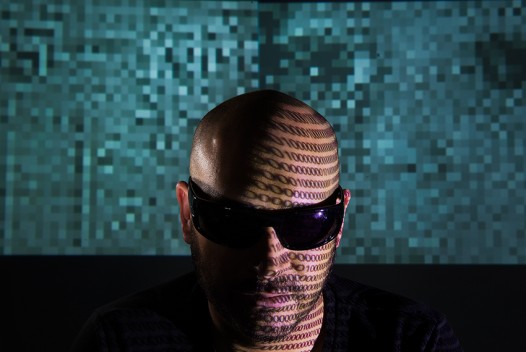


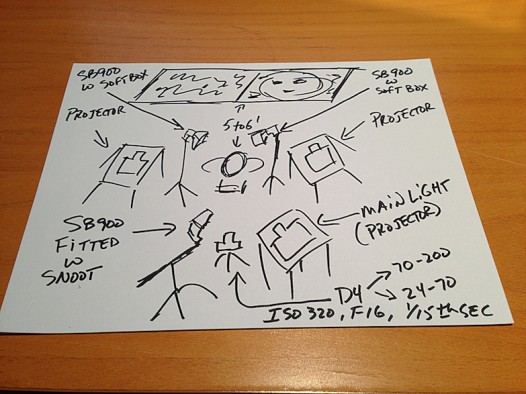

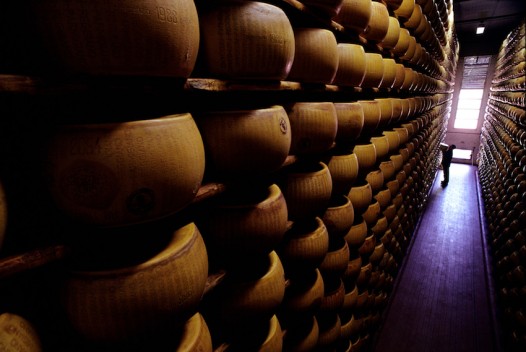
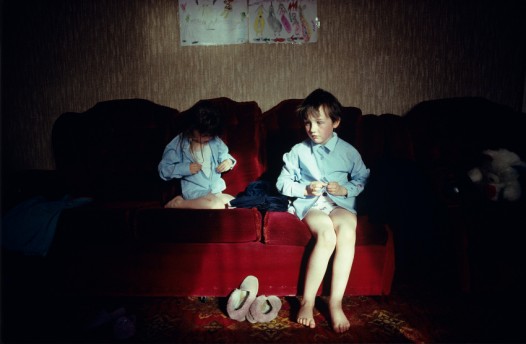
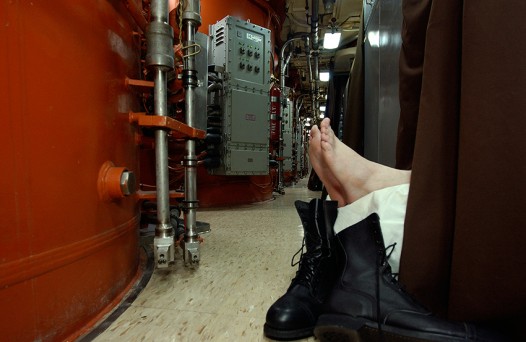
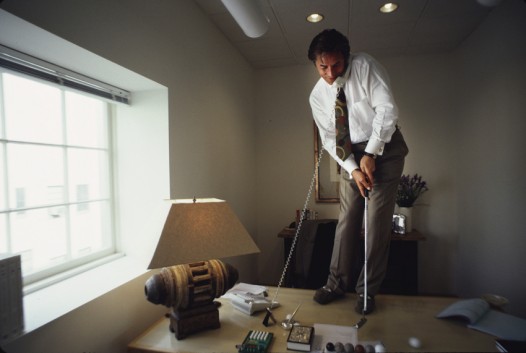
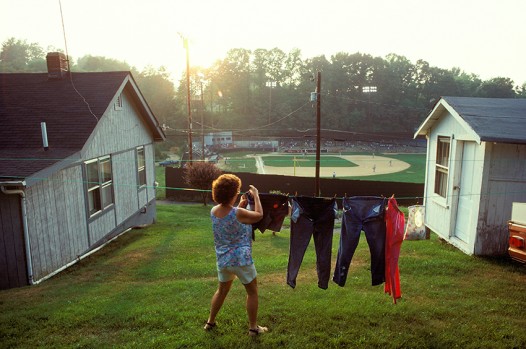
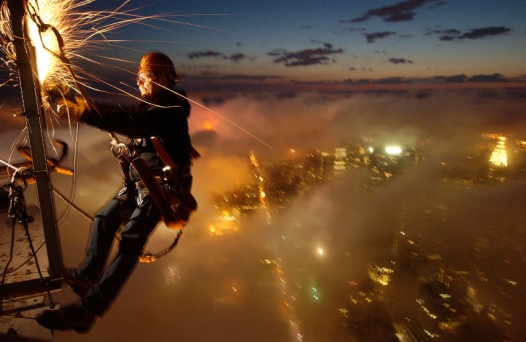

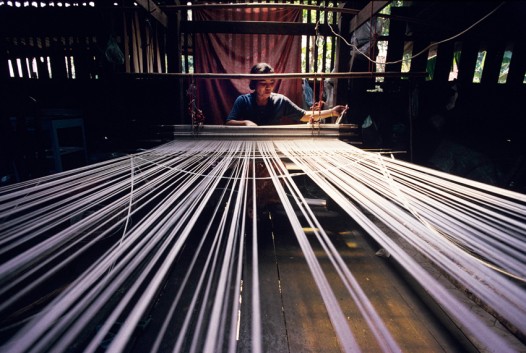
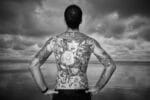
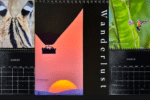

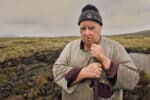
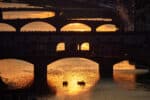
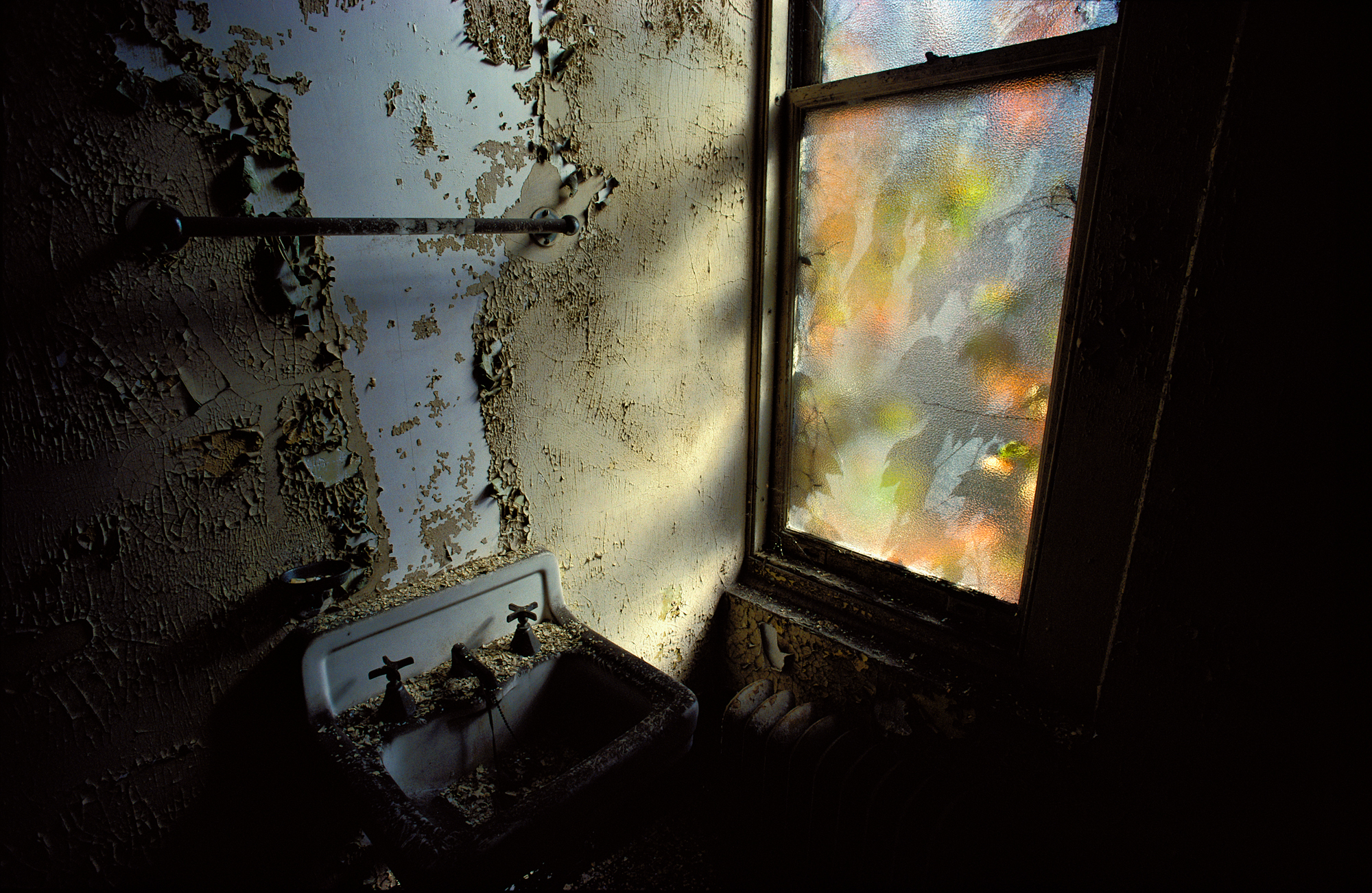






Once again, thank you for the time you take to write and share stories with the rest of us. Your posts always make the day better. Today’s post was even more cool because it showed me images I’ve seen and remeber but hadn’t realized were yours.
That’s truly a great post. How many great experiences! Thank you so much for sharing!
I always look forward to reading the latest posts on your blog. Your courses on light were the reason I returned to Photoshop World DC last year.
Being a baseball fan (and the son of a baseball superfan), I was interested in the “Day in the Life of Baseball” book you mentioned. I looked online for it, but didn’t have any luck finding it on Amazon or BookFinder, the only thing I found was “One Day at Fenway: A Day in the Life of Baseball in America” by Steve Kettmann. Can you post/send me a link or something to point me in the right direction to finding a copy?
Joe,
Great information as expected, and wonderful diversity and images from prior Days in the Life. Photojournalists for the most part are always a Day in the Life as it is what comes before your lens each day, even when working on a project. Perhaps that is why so many people are moved by the images from such works. You bring out the emotion, humor and sense of place in your shots. Loved the feet and boots, and the baseball image.
Bill Bogle, Jr.
Just seconding what Matt said. I’m interested in that Day in the Life of Baseball book.
Entertaining as ever! “Shit, was he an assignment?”….I couldn’t stop laughing!
Good post as always Joe. On a personal note, I was a Television News Photog in Houston assigned to cover Yuri Abramochkin, a photog from Russia on his assignment for the America book. We traveled to various points in and around Houston shooting Vietnamese shrimpers along with several other sites, along with a couple of sites near NASA. The photo that was published was one he shot out the window of the van we were in along a rainy freeway. What a wonderful experience for the day. You helped me remember a fun day in my TV career. Thanks for rekindling it!!
Another wonderful post Joe, the highlight of my morning. So helpful (and inspiring) to hear about the hard work, trial and error and multiple failures that go into producing a brilliant image! Thanks for your time and effort in sharing this with all of us, your fans. Oh, and one other think….couldn’t help but notice….”cadged”; “bestrode”; “eschew” ?? Pretty cool…those nuns did teach you something besides how to move your hand quickly as the ruler threatened to destroy your knuckles!!
Interesting set of photos for the Big Data project. From a purely compositional standpoint, I wonder why you chose to frame with the black at the bottom of the projected images in the first two photos — was it a limitation of the small room or something you envisioned as part of the story?
Hey guys….my bad. The book is actually titled Baseball in America, even though when we were shooting it we all referred to it as The Day in the Life of Baseball.
Sorry for that……here’s a link…. http://www.amazon.com/Baseball-America-Sandlots-Stadiums-Photographers/dp/0002157314/ref=sr_1_6?ie=UTF8&qid=1358298087&sr=8-6&keywords=baseball+in+america
best, Joe
Hey Joe, another great story with equally awesome images Always get excited when your blog notification lands in my inbox.
Have you often used projectors? You rented these so this was definitely a concept that you pre visualized rather than land on deck and make the magic happen? 🙂
Did you have blue gels on the projector or was the projection that colour?
Love the images!! Thanks for sharing.
Analia
Aussie Sheila
Very enjoyable, as always. Thank you!
Thanks for sharing that look back at some great events and excellent photos, Joe.
Those Day in the Life book projects sound like crazy and high-quality events – getting that many highly talented and experienced people together must make you look back somewhat wistfully!
Cheers from Germany,
Mathias
Another interesting and informative post! Thanks Joe. Love the pics!!
Wondering – you often work in low light – hence the need for the speed lights – my 70-24 has difficultly focusing in low light though. It just keeps seeking and seeking – not what you want esp when photographing the little ones. How do you work around that? (I don’t trust my eyes on manual focus, esp with moving subjects). Thanks Joe.
Hi joe, with most respect and interest I read your story ‘big data, big book’ . What I do respect the most , you explained your creativity combined with its result . In my opinion , this is the way to open creativity for others and challenge new ideas in respect yours . A lot of questions I do have which demonstrates what I meant. The use of projector and its result attracted my attention. Especially you combined it with other light sources. Bart
Sometime back in the ’80s an event of our family occurred on a ‘DAY’. We all had great fun. The book is still on our coffee table holding the memories of long gone mothers, fathers, grandmothers, aunts and uncles. The photographs are still beautiful. Just some memories from the other side of the lens.
Great stuff Joe.
An entertaining read as always!
Thanks for sharing the lighting info. You’ve given me inspiration!
Cheers.
Dav.